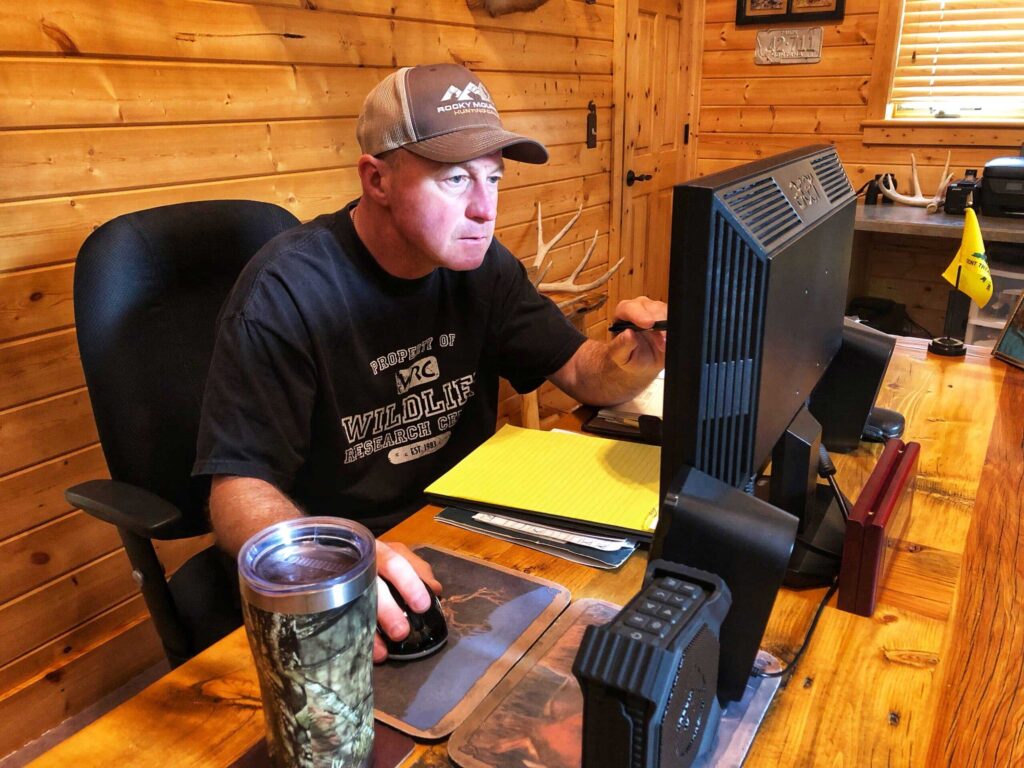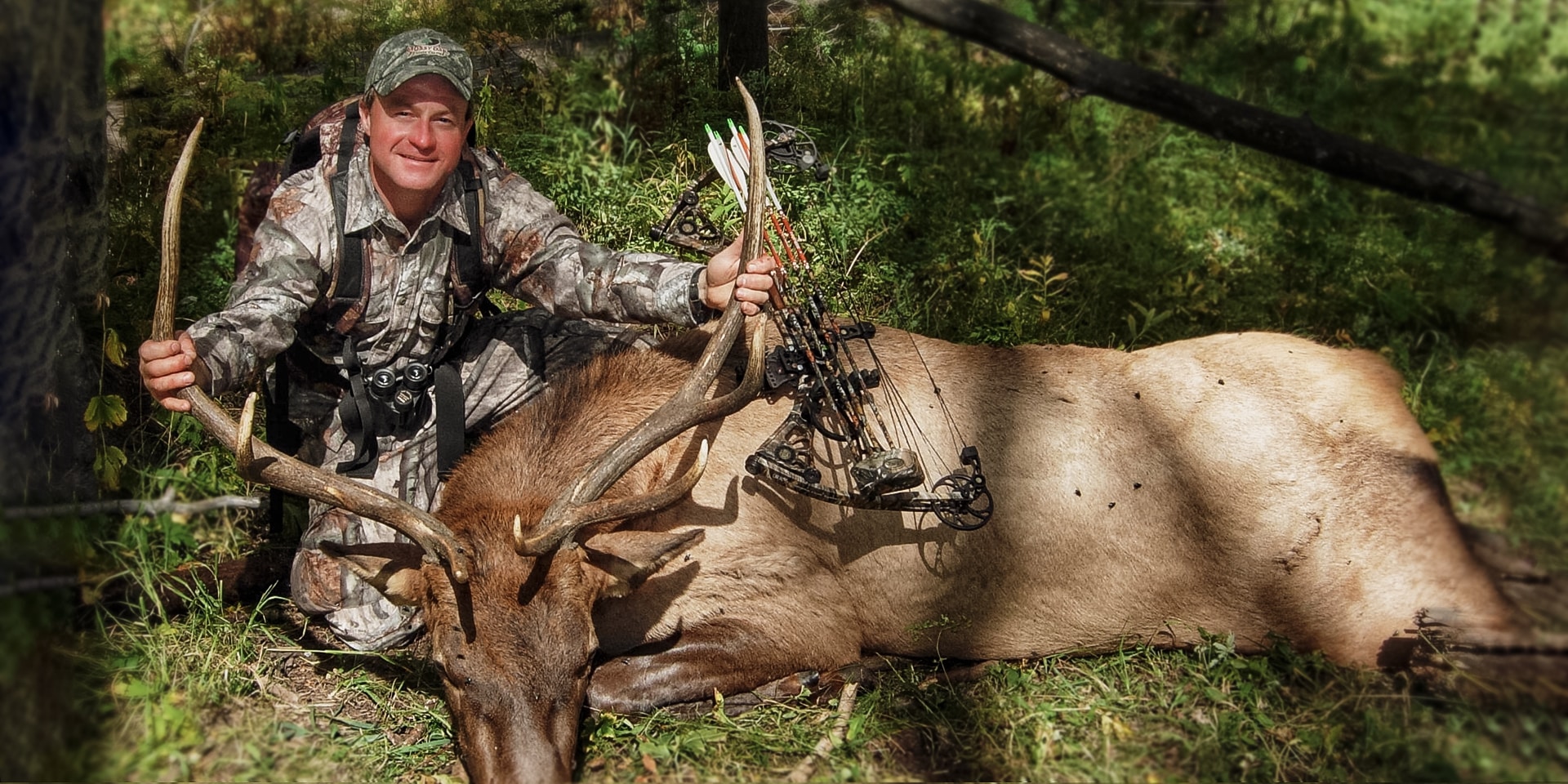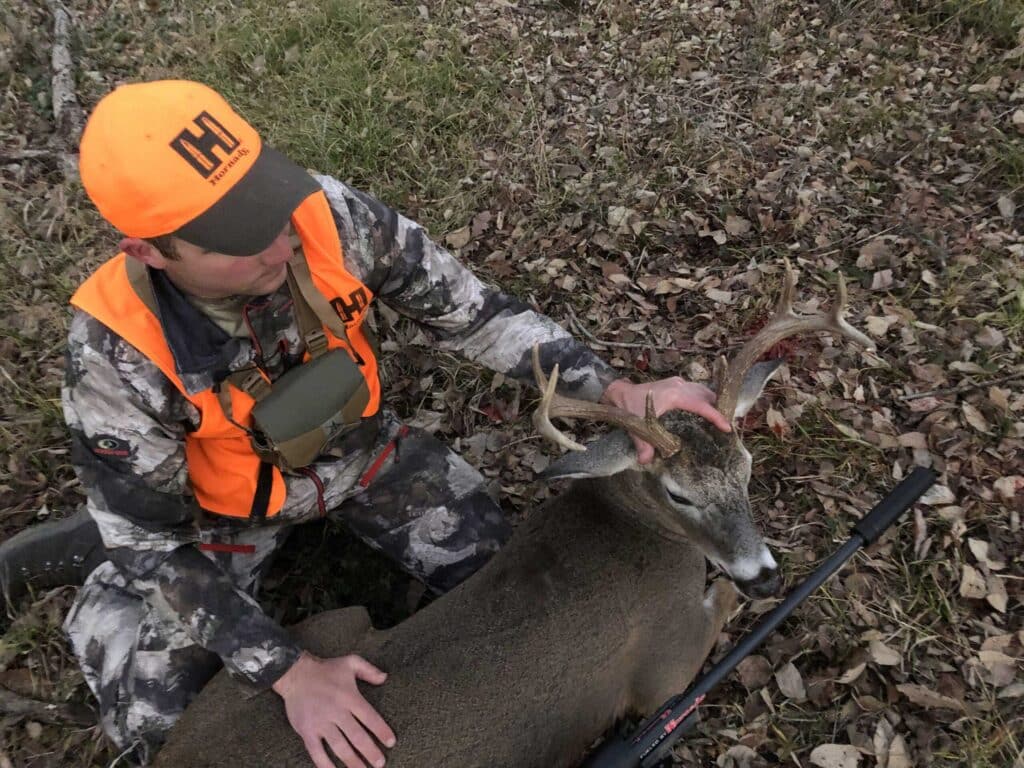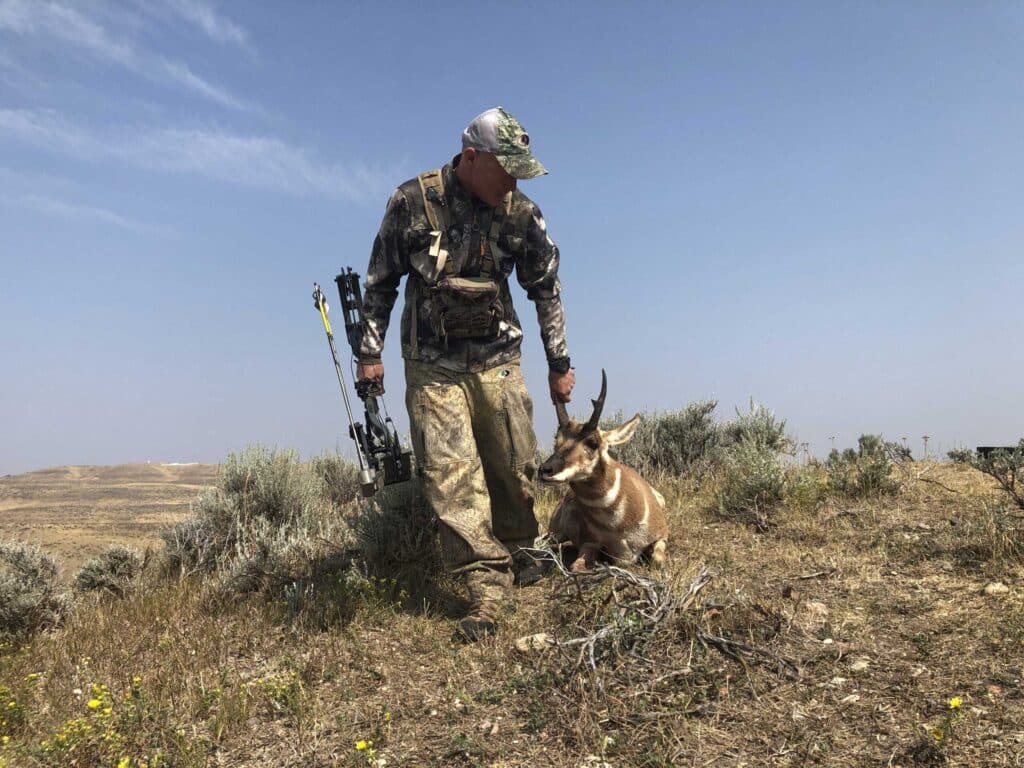3 D.I.Y. Hunts to Plan Right Now
We get it – everyone’s to do list seems to get longer during the warmer months. Do the kids have baseball practice today? Is the lawn irrigation set for day or night? Did I remember to send in that proposal for work? With all that going on and more, ask yourself if you have a hunt planned other than your weekend escapes at home? If not, take a breath, we’ve outline some ideas below.
South Dakota Archery Pronghorn
Wyoming may be the land of pronghorns, but the state requires you to apply in advance and navigate a myriad of hunting units. Instead, consider a guaranteed archery pronghorn license in South Dakota. You can begin applying in July for your guaranteed, unlimited license and continue to purchase a license until the close of the season Oct. 31. You can also purchase a license over the counter at the South Dakota Game, Fish and Parks Fort Pierre office during business hours.
Archery antelope season in South Dakota begins in mid-August and ends Oct. 31. It is closed during the brief October firearm season but reopens until the end of the month. The state sells less than 3,000 archery pronghorn licenses for residents and nonresidents with a surprising 25-percent success. Most of those hunters were only in the field for four days or less.
Locating hunting ground in South Dakota is relatively easy. Your archery license is good across the western half of the state and a handful of eastern counties, meaning most pronghorn are found west of the Missouri River. South Dakota Department of Game, Fish and Parks breaks areas down further for their own research, including population density maps for individual counties to help you peruse regions online. What you will quickly discover is more than 60 percent of the harvest is from the northwest in Harding and Butte counties. The adjacent regions of southern Perkins and northern Meade counties also have a higher pronghorn population for hunting as does Fall River County in the southwest corner, next door to Wyoming.
 The majority of the Rushmore State is privately owned. For public opportunities, consider small Bureau of Land Management tracts, portions of the Custer National Forest, the Buffalo Gap National Grassland, the Grand River National Grassland and the Fort Pierre National Grassland. The state also allows hunting on Game Production Areas and School and Public Lands.
The majority of the Rushmore State is privately owned. For public opportunities, consider small Bureau of Land Management tracts, portions of the Custer National Forest, the Buffalo Gap National Grassland, the Grand River National Grassland and the Fort Pierre National Grassland. The state also allows hunting on Game Production Areas and School and Public Lands.
Lastly, South Dakota has been an innovator in opening additional private land to public hunting with the state’s Walk-In Program that annually opens the gate to one million or more acres across the state. And remember to knock on doors as some landowners are friendly to early-season bowhunters. South Dakota Department of Game, Fish and Parks
Colorado Elk
Elk rank as one of the highest sought-after trophies for hunters anywhere. It is a dream hunt so quit dreaming and start planning for an over-the-counter license in Colorado. The state offers dozens of OTC licenses for archery and firearm elk with the primary units on the western slope. This half of the state includes excellent access to public lands. Plus, Colorado has the largest population of elk of any Western state. Herds are scattered and savvy, but elk are abundant throughout the western half of the state.
You can purchase an over-the-counter license (OTC) online or stop at a sporting goods store and pick one up on your way to a hunting unit. Archery seasons typically run the month of September with OTC firearm seasons traditionally opening in October into November. From my experience, earlier is better for archery opportunities as elk scatter during the rut and tend to congregate on any private ranches in an area. For firearm hunting, pray for snow to drive migrations through traditional pathways as elk move to lower elevations.
Colorado has more than 22 million acres of National Forest Service and Bureau of Land Management public lands for hunters to prowl. Fourteen million of those public lands are divided into 11 national forests scattered throughout the western slopes of the Rockies. Be prepared to hunt elevations ranging from 8,000 feet to well over 14,000. Elk may be found anywhere in between, but if the pressure is on the elk will either dive into oak thickets, move to private land or race to the mountaintops.
What are your odds for success? In recent years, when you combine all Colorado elk hunters together, archery, centerfire and muzzleloader, this army of nimrods achieved an overall success rate of approximately 20 percent. That includes a group of hunters that number more than 224,000 and spending north of 1 million recreation days in the elk woods. Colorado Parks and Wildlife
Kentucky Whitetails
If pronghorn and elk seem like an alien world away, how about considering a whitetail hunt in a state that is garnering lots of attention lately. Consider Kentucky. Once only known for the Kentucky Derby, whitetails are garnering attention, including added listings in the Boone and Crockett Club record book.
In nearly every area of the state you can hunt merely by purchasing a license online or over the counter without a lottery application. The only areas that require you to apply are for state parks and some wildlife management areas.
Hunting seasons include both archery and modern firearm. Archery season kicks off in early September and stays open through mid-January. The firearm season runs concurrently with the rut, beginning in mid-November and ending in late November.
Nearly 12 percent of the state is made up of public lands. There are 10 State Forests in Kentucky totaling nearly 50,000 acres of land. In addition to other state hunting grounds, the big enchilada for Kentucky public-land hunting is the Daniel Boone National Forest with more than 700,000 acres to roam in southeast Kentucky. Pack in a lightweight treestand and hang in for the chance at a Kentucky trophy.
In the north-central region, adjacent to Indiana and Ohio, encompassing the Bluegrass Region, you will find a mecca of horse farms due to the calcium-rich soil. This area is also home to great whitetail hunting. You will find more private land in this region, but the area has 15 wildlife management areas to scout thoroughly for whitetail opportunities.
You can also explore other areas of Kentucky and with some planning, possibly hunt some of the military land scattered about. Options include Fort Campbell and Fort Knox military reservations, plus the Blue Grass Army Depot. Special licensing and regulations apply, but the deer hunting is worthy of the effort. Kentucky Department of Fish and Wildlife Resources
In addition to honey-dos and kiddo chauffeuring, take a minute aside and consider a bucket list hunt. Summer may be springing, but fall is only a blink of an eye away.
About the Author: Mark Kayser is a prolific outdoor writer and hunting television host. Mark spends his falls chasing elk and whitetails from the Rocky Mountains to the Midwest. From solo DIY elk hunts on public land to sitting in a treestand waiting to ambush rutting whitetail bucks, Mark lives and breathes the hunting lifestyle. For more about Mark Kayser and ways to follow him on social media, visit www.markkayser.com.


Featured
Juicy homemade jalapeno cheddar brats are perfect for grilling all summer long. They’re packed with all the right seasonings and fresh ingredients, making them extra tasty.

Featured
MeatEater and Moultrie Mobile join teams to bring hunters closer to nature.

Featured
These wild turkey skewers are tender and smothered in a homemade teriyaki glaze. Wild turkey sometimes gets a bad reputation for being a tough meat but when prepared properly using the steps in this recipe, the results are amazing.






